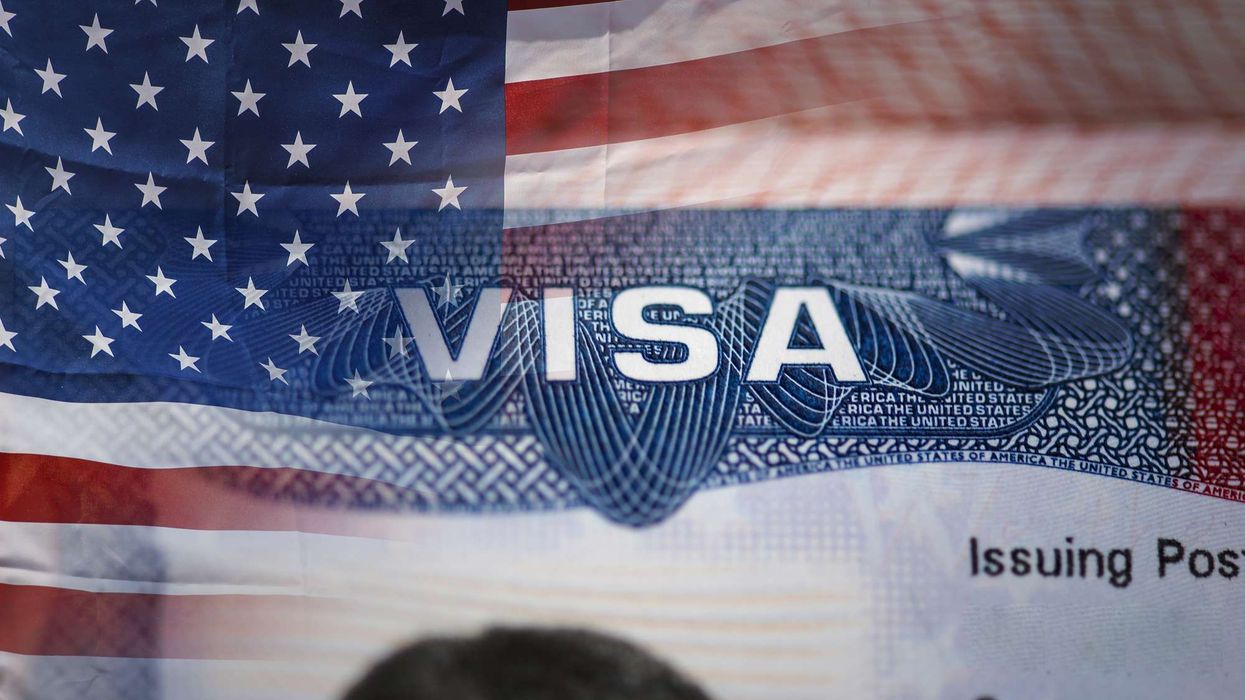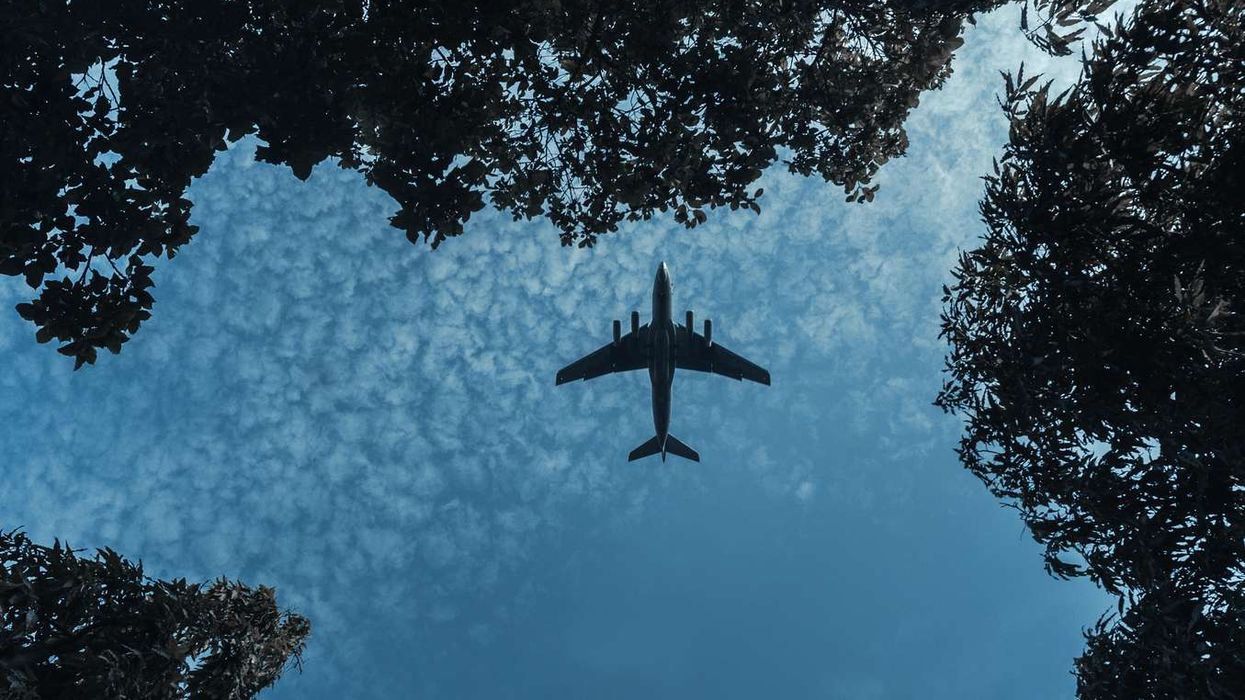How Are U.S. Travel Trends Changing for Americans in 2025?
AMERICANS ARE TRAVELING more in 2025 than in the past five years despite financial pressures and a shifting travel landscape, according to a new MMGY study. Travelers plan to spend 5,138 dollars and take 4.2 vacations in the next 12 months, the highest in five years.
MMGY’s Portrait of American Travelers study of 4,500 leisure travelers highlights key U.S. travel trends, including demand for meaningful experiences, AI and sustainability in trip planning.
“Travel is no longer just a luxury—it’s an essential part of Americans’ lives and an investment in well-being, connection, and personal fulfillment,” said Simon Moriarty, MMGY Travel Intelligence's vice president for syndicated research. “Despite rising costs, travelers are prioritizing meaningful experiences, using technology for smarter planning, and seeking sustainable options that align with their values. The future of travel is about balancing tradition with innovation, and the industry must evolve to meet these expectations.”
The study found that environmental concerns influence travel decisions, with travelers preferring eco-friendly options at no added cost. Off-season travel is emerging as a sustainability strategy, easing environmental strain and providing budget-friendly options. Meanwhile, 58 percent of travelers cite overtourism concerns as a factor in their destination choices for the next five to ten years.
Hawaii, Florida and California remain popular, but extreme weather has dampened interest in some areas. Meanwhile, Washington, D.C., has gained popularity, likely driven by increased media attention after the presidential election.
More travelers are stretching their budgets despite affordability concerns, the report said. Many are opting for off-season travel and alternative accommodations like short-term rentals to maximize value without sacrificing quality.
Generational differences in travel planning are growing. Gen Z and Millennials rely on AI tools and social media influencers for inspiration and itineraries, while Boomers prefer travel agents and review websites. AI-driven travel assistance, from itinerary planning to price comparisons, is gaining traction, with usage rising to 34 percent from 31 percent in early 2024.
International travel is rebounding, with 35 percent of U.S. travelers planning a trip abroad in the next six months. Europe, the Caribbean, Canada, Mexico and Asia remain top destinations, with Boomers favoring Europe and younger travelers drawn to Asia for affordability and adventure.
MMGY’s Portrait of American Travelers Winter Edition found that Americans plan more travel in 2025, with average vacation budgets rising to $5,051, trips increasing to 4.1 per person, and nearly 80 percent of U.S. adults expecting to vacation in the next 12 months, up 7 percent from winter 2023.













